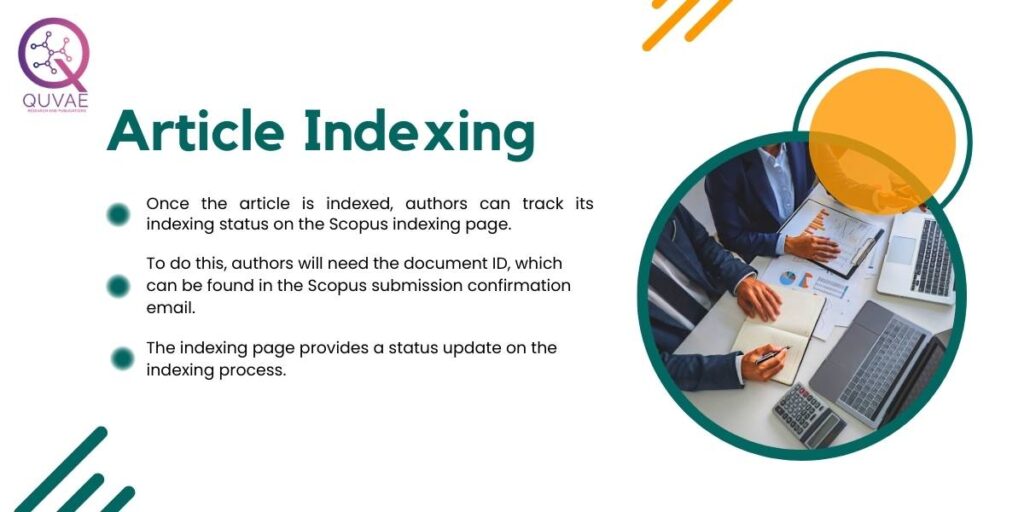Research article publication in Scopus indexed journals is becoming increasingly important for a researcher’s career. Scopus is one of the world’s largest abstract and citation databases and offers access to peer-reviewed content from more than 5,000 international publishers. By publishing in a Scopus indexed journal, a researcher has access to a far larger audience than by publishing in a non-indexed journal.
Research articles that are published in Scopus indexed journals are also more likely to be widely read, cited and used by other researchers. This increases the impact of the research and also makes it more likely to be accepted by other journals. Scopus indexed journals also tend to be more selective in their acceptance of papers and have higher standards for their content.
Finally, having a research article published in a Scopus indexed journal is often seen as a mark of prestige for researchers. It is a way to demonstrate the quality of their work and to show that their research has been accepted into a respected journal. This can help further their career and open up more opportunities for them. Having a research article published in a Scopus indexed journal is an important step for researchers and should be taken seriously.

When will the published article indexed in Scopus database
Publishing an article in Scopus is a great way for authors to gain visibility for their work and increase their citation index. However, it is important to understand the process for getting an article indexed in Scopus.
When an article is submitted to Scopus, it is reviewed by an editor for relevance and quality of content. The editor then sends the article to two or more peer reviewers who evaluate the content. After the article is accepted for publication, it is indexed in Scopus. Depending on the volume of submissions and the time it takes to obtain peer reviews, it can take anywhere from a few days to a few months before the article is indexed.
Once the article is indexed, authors can track its indexing status on the Scopus indexing page. To do this, authors will need the document ID, which can be found in the Scopus submission confirmation email. The indexing page provides a status update on the indexing process.
In addition to being indexed, authors can also use the Scopus indexing page to track the citations and downloads associated with their article. The page also offers valuable analytics for authors to measure the impact of their articles. Overall, getting an article indexed in Scopus is a complex and lengthy process.
Scopus indexing of article and academic integrity

Scopus is a bibliographic database that indexes scholarly literature in the sciences, engineering, management, social sciences, and arts. It is used by researchers, publishers, and academicians to identify, compare, and analyse articles and journals. An article can be indexed in Scopus if it meets the criteria for inclusion in the database. This includes having a certain level of quality and being published in a journal that is included in the Scopus database. For journals, the criteria include having a peer-review process, a clear editorial policy, and a clear commitment to publishing quality research.
When an article is indexed in Scopus, it is given a unique identifier that can be used to track citations and other things. This helps to ensure academic integrity, as it provides a way to verify that an article is legitimate and that its authors are not plagiarising the work of others. It also helps to ensure that the research is being accurately represented and that the research is relevant to the academic field.
Scopus indexing plays an important role in ensuring the quality of scholarly literature and the integrity of academic research. It is a valuable resource for researchers, and academicians and helps to ensure that the research conducted is accurate and of high quality.

